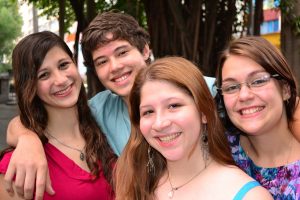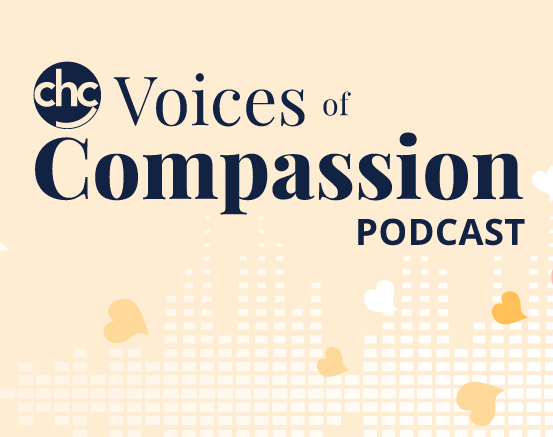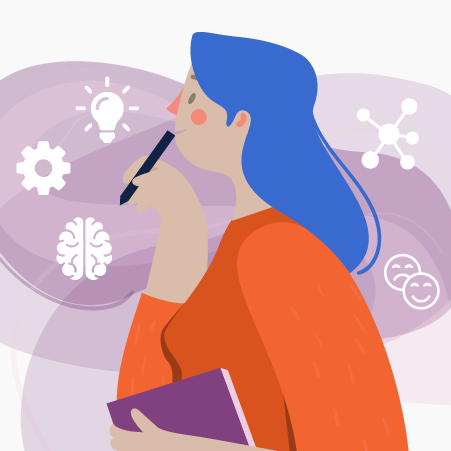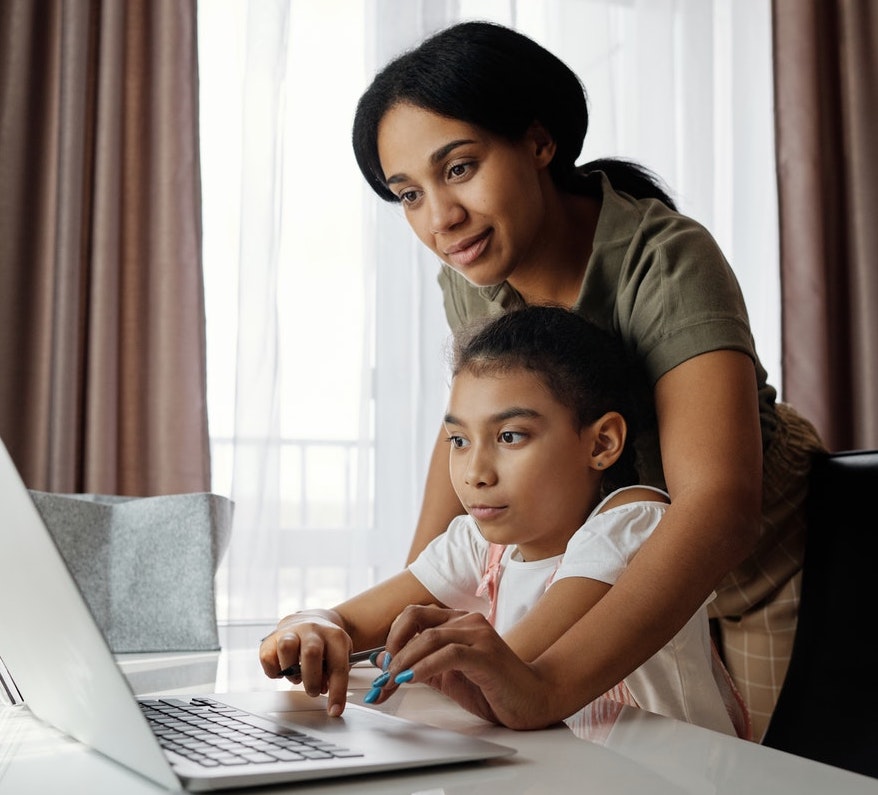High School Is Not the Time to Let Up on SEL
 In elementary school, it’s common to have social and emotional lessons built into the curriculum, and the research shows that they have a strong, positive impact on student outcomes and school climate. But a 2019 survey of 15,000 K–12 teachers and 3,500 principals confirms what many probably suspect—that by the time kids reach high school, standalone SEL lessons are rare.
In elementary school, it’s common to have social and emotional lessons built into the curriculum, and the research shows that they have a strong, positive impact on student outcomes and school climate. But a 2019 survey of 15,000 K–12 teachers and 3,500 principals confirms what many probably suspect—that by the time kids reach high school, standalone SEL lessons are rare.
The study’s authors suggest that “explicit, stand-alone lessons tend to be better suited for, and more likely to be adopted in, elementary schools.” And as kids enter the teenage years, they found, teachers tend to use more informal practices—for example, squeezing in short exercises when busy academic schedules permit.
Teens are more sensitive to social rejection and much more likely to take risks to impress peers; more prone to addiction and depression; and more likely to experience the onset of mental illness than any other age group. That’s borne out in a battery of studies that show rising rates of teen anxiety, depression, suicide, and mental health issues.
Former high school teacher Ronen Habib knows that our SEL practices need to catch up to the science and extend into high school, and he has personal experience with the kind of stress and anxiety that teens face.
Three years into his first teaching job at Henry M. Gunn High School in Palo Alto, California, Habib felt overwhelmed by burnout and exhaustion, feeling he’d “lost touch with why I became a teacher in the first place—which was to deeply inspire and connect with kids,” he says. Then one of his students died by suicide—“It totally broke me,” he recalls.
After therapy and mindfulness practice helped Habib get back on his feet, he thought: “Why are we not teaching these same skills to kids, because they’re trainable skills. We assume kids don’t know how to add fractions, so we teach them, as we should. Why do we assume they know how to self-regulate? Why do we assume they know how to raise their base level of happiness?”
Here are a few practices Habib recommends for the beginning of class. They are designed to prime kids’ brains for learning and provide students with a portable model they can use every day—even outside the classroom.
- Gratitude circles
- Playing games
- Mindfulness practice
Habib also recommends easing up on homework and prioritizing connection. Read the full article for details on Habib’s classroom practices and other recommendations.
Building In Your Own Self-Care
A happier teacher is critical when it comes to modeling mindful, emotionally regulated behavior to students.
Teachers are always busy. “But the truth is, you can give yourself 30 minutes to work out every day, or go on a walk—it’s your choice,” he says. It’s a mindset that requires being “ruthless with protecting your time.” This means, for example, closing the classroom door during the after-lunch prep period to do a 15-minute meditation, or working out in the school gym before prepping for the next class. “That doesn’t mean that you always close the door,” he added. “But it means that sometimes you can’t serve students, and that’s OK.”
Excerpted from High School Is Not the Time to Let Up on SEL in Edutopia. Read the full article online.
Source: Edutopia | High School Is Not the Time to Let Up on SEL in Edutopia, https://www.edutopia.org/article/high-school-not-time-let-sel | © 2020 George Lucas Educational Foundation
CHC offers free community education sessions for educators. Join us to learn practical teaching strategies you can use in your classroom to help more kids reach their promise and potential. Educator sessions are led by experienced educator/clinician teams from Sand Hill School and CHC.





